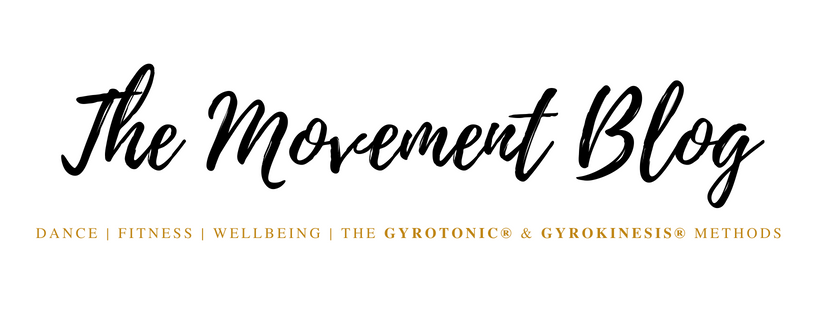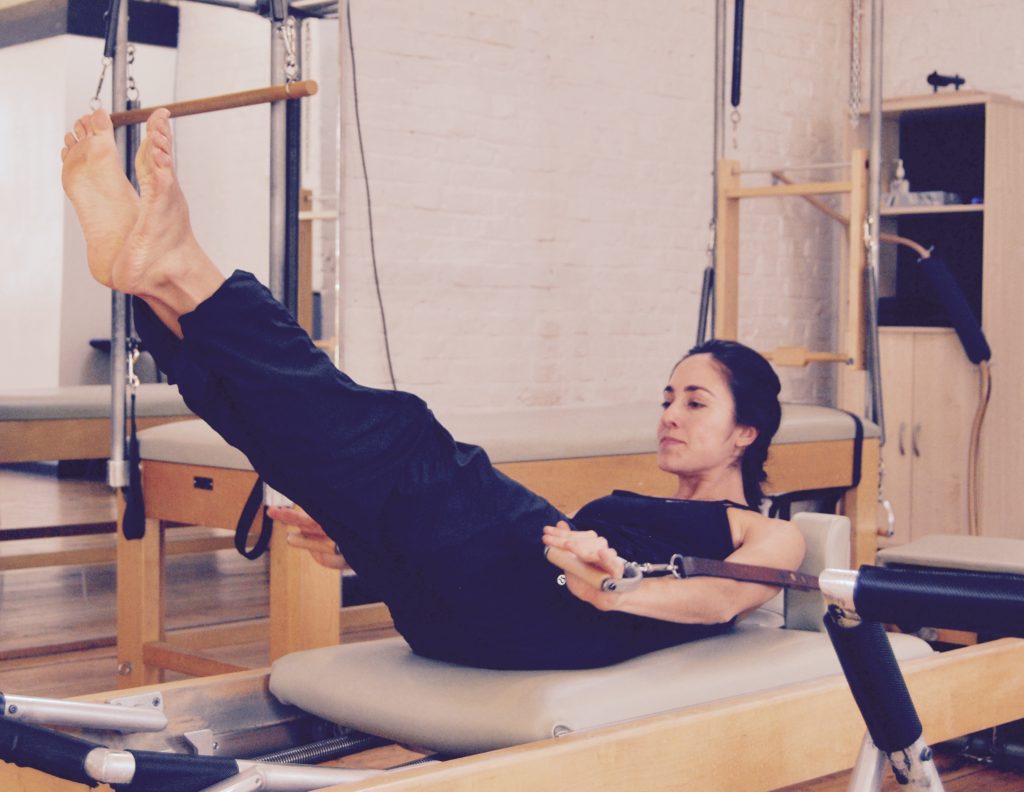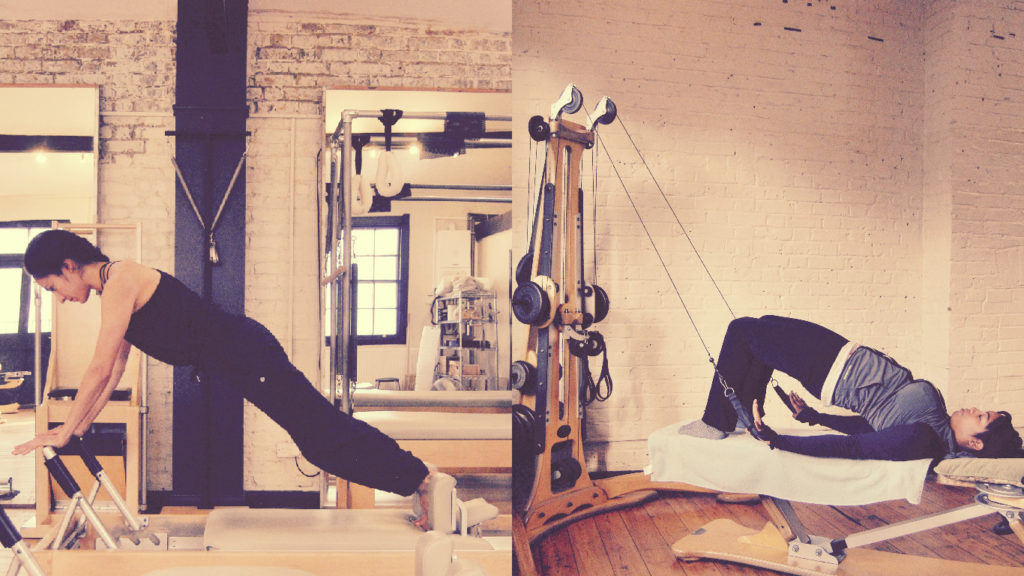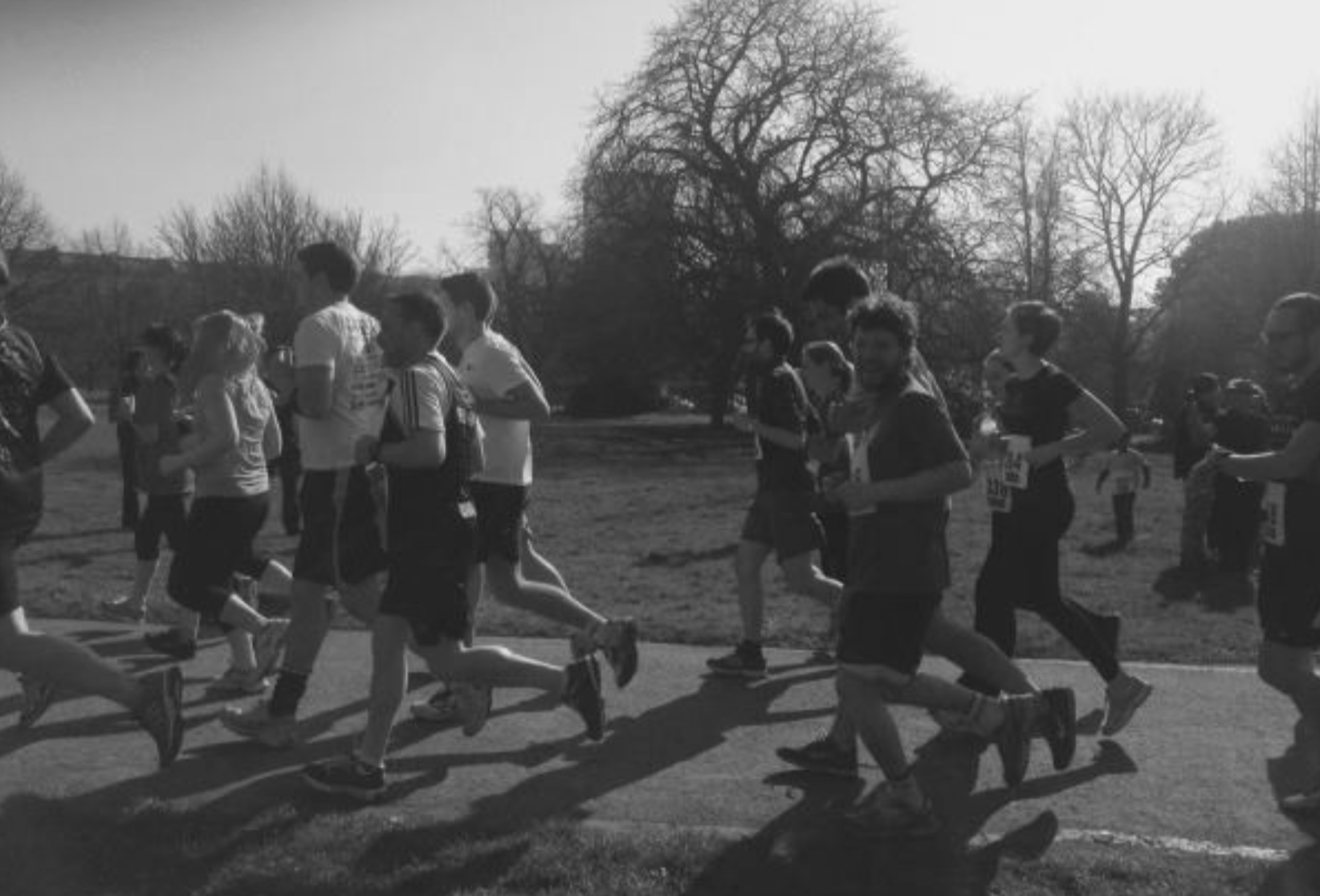As a huge advocate of cross-training and challenging myself to never be comfortable with only practicing one dance technique or exercise method, I’ve always loved the many benefits of doing so. Although difficult at times, it doesn’t take long to see and feel the results. This became especially apparent when I began using the Pilates equipment with Classical Pilates instructor, Maria Baez (who is also my client).
1) No one method is the answer to all types of problems.
Kinespirit, based in New York, succinctly explains the differences and similarities between Pilates and Gyrotonic and how both methods can be a part of anyone’s training. Trainers are often aware that individuals have different needs for their bodies, therefore it’s necessary to educate the client about both methods to help in corporate Pilates or Gyrotonic or both into their routine. This goes for therapies such as Physical Therapy and Osteopathy.
2) Cross-refer clients.
Cross-referring clients has proven to be successful in the fitness industry around the world. Kona Pilates, based in Hawaii, found that 80% of their clientele train in both Pilates and Gyrotonic. Reform Pilates, based in Oregon, highly support the practice and benefits of both methods and deems Gyrotonic and ‘the perfect companion’ for their clients.
Lisa Maria Goodwin-Rice, one of the 16 Authorised Specialised Gyrotonic Master Trainers wrote great article on ‘How to Introduce the Gyrotonic Method to Pilates Instructors’. These explanations emphasize that both methods require different teaching methods, both of which are just as important. This is another important asset in giving necessary information along to our clients. It’s also useful for trainers and therapists to swap notes and conversations about their clients so we can help each other deal with their problem areas more efficiently.
4) Offer cross-training deals.
In an interview with Gyrotonic Master trainer / Pilates Instructor, Angela, and Personal Trainer / Gyrotonic Trainer, Mike Luque, they spoke about the ‘Gyrotonic and Pilates cross-over’. Angela mentions that it’s best to try Gyrotonic without a ‘Pilates brain’ and vice versa. It might be best to not even compare the two.
The only way a client can experience something fully is to practice different methods that are being offered within a studio, says Angela. For example, studios, like Kona Pilates, also offer a ‘cross-over’ program where their clients can utilize training in both Pilates and Gyrotonic as both methods heavily compliment each other. This way we can not only improve business but the client’s well-being.
Keep (cross) training!
XO






